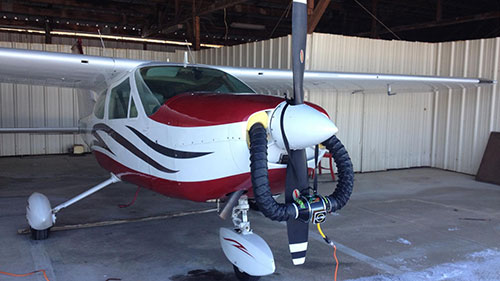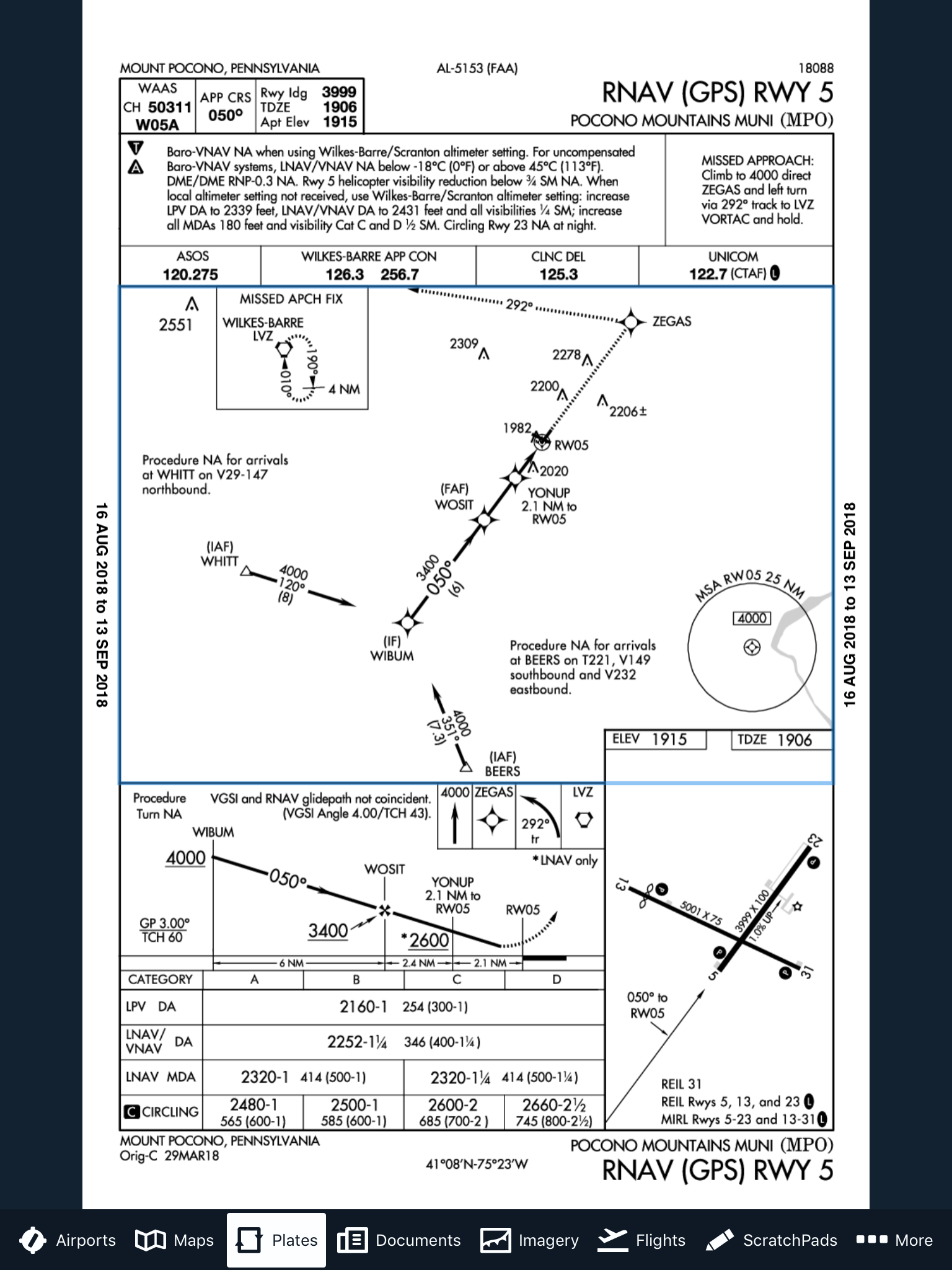I have a friend who owns a 36 Bonanza, and though his airplane has always been a dozen or so knots faster than mine, he’s consistently envied my bird’s lower fuel burn. At max cruise settings, Bob’s A36 will truck along at a comfortable 166 knots while the best I can do under the same conditions is about 154 knots.
We were trading lies the other day in his hangar in Long Beach, and he was complaining that the recent upswing of fuel prices has driven fuel cost on his Bonanza to more than $100/hr. Bob makes a good living as a roofing contractor, but even he has difficulty justifying that kind of operating expense.
I hear that a lot these days from pilots across America and around the world. European pilots have been paying $7-8/gallon for years, but they’re now feeling a greater pinch as petrol prices have risen to $10 or more. If you’re an American or Canadian traveling overseas in a private aircraft, you’ll see fuel prices you won’t believe.
I’m lucky in that I occasionally get to fly on someone else’s nickel. Regardless of who’s paying the bill, however, I’ve developed a few habits designed to minimize expense. These won’t make your airplane fly faster, but the “bottom line” may be less costly travel.
Elevation often equals Efficiency – Fly High!
I’ve gotten out of the habit of flying at lower altitude on short trips, say, 75-125 nm. Time was, if I needed to fly from Long Beach to Palm Springs, Santa Barbara, or San Diego, I’d level at 5500-6500 feet, reasoning that it was just too time-consuming to ascend to 9500-10,500 feet. Not anymore.
While it’s true there is a point where the extra fuel consumed in climb makes it unwise to fly tall, you can usually offset that with the more efficient burn and better cruise speed on high—not to mention the improved safety margin and ground clearance at two-mile altitudes.
Also, remember that higher is usually smoother and cooler for the airplane and passengers. Any airfoil is more efficient in smooth air than in a choppy sky. Similarly, a longer climb usually means a longer descent, and that should partially offset the high climb.
Using my airplane as an example, I can pick up about four knots of cruise by climbing to 9500-10,500 feet rather than bouncing along in the low level chop at 7500 feet. At 10,500 feet with the ram air door open, the book suggests I can see 145 knots on 70 percent at 10.1 gph. Down at 7500 feet, I’m scoring more like 142 knots on the same power at 10.4 gph.
Everyone knows that normally-aspirated engines are more efficient at lower power settings, so I’ve started using 60 percent most of the time at 10,500 feet. My airplane does about 10 knots better than book because of Lopresti’s and Power Flow’s modifications, but if I use book numbers, that reduces speed by about eight knots and cuts fuel burn to 9.2 gph—nearly a full gallon less. That’s a five percent speed reduction in exchange for a 10 percent improvement in fuel burn—a pretty fair trade.
Nothing too exciting or innovative about those procedures, but saving money on fuel demands a few other tricks.
Find and Follow a “fuel-friendly” Flight Plan
Recently, I ferried a re-engined Continental TSIO-550-powered Cessna P-210N from Vitatoe Aviation in Chillicothe, Ohio, to San Jose, California, and I let fuel concerns help dictate the most efficient route.In the old days, I would have simply flight-planned my stops to within 1.5 to 2.0 hours of fuel exhaustion (weather permitting) and looked for a likely refueling point somewhere in that area. In this case, a GPS direct flight was out of the question. There were thunderstorms along the Rockies from Cheyenne all the way south to Colorado Springs and beyond, so any trip across the high rocks would have been problematic, at best.
Accordingly, I first laid out my flight plan from Chillicothe through Santa Fe and on to San Jose, then picked off a dozen or so city points along the route—some dead on course and others as much as 50 miles either side of the direct track.
The next step was to pull out my zip code book and find a representative zip code for each of those dozen points. Finally, I loaded AvWeb-flash Aviation News Service (www.AvWeb.com) on my computer and referenced its fuel finder feature near the end of each semi-weekly news report.
I plugged in the zip codes and AvWeb showed me the avgas and jet fuel prices for the FBOs at all reporting airports within 25-50 miles of that zip code. The information is typically only a day or two old, so I knew I could count on prices to be about the same as AvWeb suggests.
From that, I picked the best fuel stops on my route and made an intelligent assessment of the additional miles required to deviate from my GPS direct course.
On my trip west from Ohio, I was amazed to find a small airport near St. Louis selling avgas for a ridiculous $4.25/gallon. Most airports nearby were charging $5.50 or more. The off-course deviation was only 20 miles to my right, so I saved about $90 on one fill-up for what worked out to a slant range, two-mile longer leg.
I’ve seen this phenomenon at work many times before, especially on international ferry flights. If you’re flying across the US from one coast to another, you’d be amazed how far you can deviate from a Great Circle route without adding any significant mileage. GPS makes it easy to access the different routes, as well. Merely select flight plan mode, plug in the departure and destination, and then start dropping in a variety of possible stops in between. You’ll find you can deviate very far off the direct course without adding excessive miles.
Extend this over a long trip – say Key West to San Francisco – and you can realize fuel savings of $400 or more—especially if you’re operating a big single or twin. If you fly transcontinental on a regular basis and use this technique, you may find at the end of a year that you’ve saved a significant amount on fuel costs.
Keep a “Little Black (log)Book”
I keep a small, black notebook in my flight bag with entries about every airport I’ve used in the last five years or so where an FBO is aggressively competing for avgas sales. I’m well aware the old fuel prices won’t hold for more than a few days or weeks, but if I can’t access the internet and need to choose an airport that was a good choice a year ago, it might still be. I’ll often call them to see if their prices are still among the lowest.Every pilot knows that fuel isn’t the only expense of flying, but it is the most visible. If America continues to be constrained from developing its own gas and oil resources, we may see even higher avgas prices in the near future. Fortunately, my ace in the hole is a little black book.






